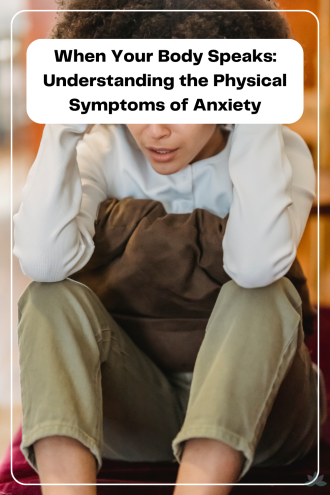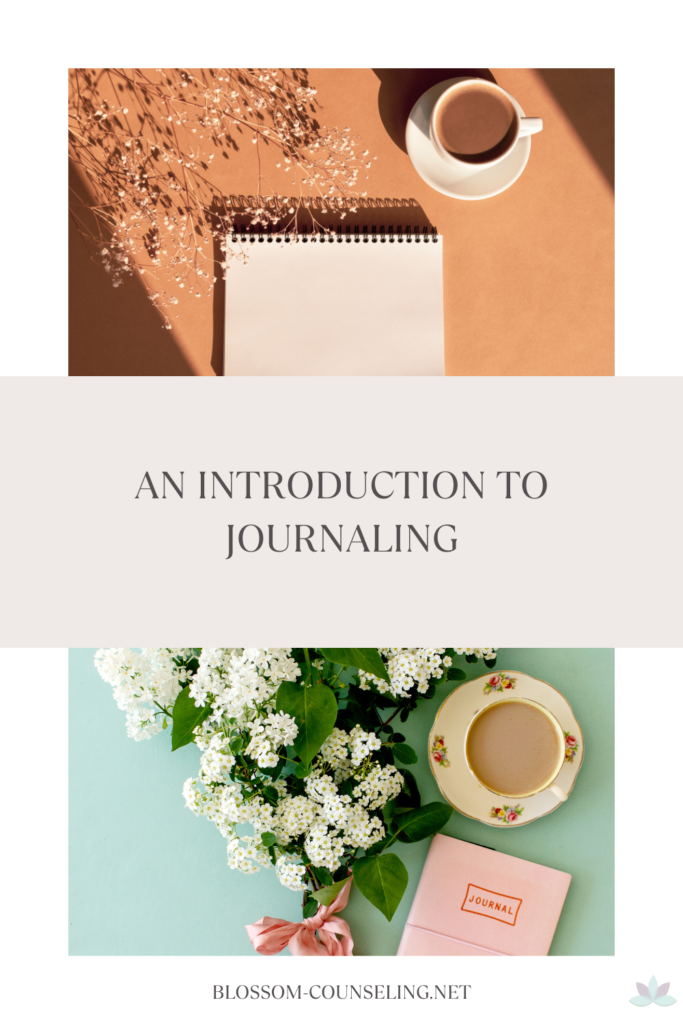
Anxiety isn’t just a creature of the mind; it’s a shape-shifter that can manifest physically in myriad ways. Ever been so nervous that your stomach felt like it was tying itself into knots? Or perhaps before a big presentation, your palms got so sweaty you could barely hold your notes. Welcome to the world where anxiety doesn’t just whisper through your thoughts but also speaks loudly through your body.
Understanding Anxiety’s Physical Language
Anxiety is like that uninvited guest at a party who has a knack for overstaying their welcome. It’s not just about feeling worried or nervous – anxiety can lead to a cascade of physical symptoms that can be just as, if not more, disconcerting than the anxious thoughts themselves.
1. The Heart Races, But Not for Love: Anxiety often makes your heart pound like you’ve just run a marathon. This is your body’s fight-or-flight response kicking into overdrive. It’s gearing you up to face a perceived threat, even if that threat is an email from your boss and not a lion in the savannah.
2. Breathlessness – Not the Romantic Kind: Shortness of breath is another hallmark of anxiety. It’s as if your lungs suddenly forget how to do their one job. This can be particularly scary, as it feels like you’re losing control over basic bodily functions.
3. The Gut-Wrenching Experience: Our gut is incredibly sensitive to emotion. Anxiety can disrupt your digestive system, leading to nausea, diarrhea, or constipation. It’s not just “butterflies in your stomach” – it’s your body reacting to your mind’s stress.
4. Tension Headaches – A Tight Band of Worry: Anxiety can lead to tension headaches, making you feel like you’re wearing a headband that’s three sizes too small. It’s like your brain is trying to physically squeeze out the anxious thoughts.
5. The Great Shake-Up: Trembling or shaking is a less talked about, but a common symptom of anxiety. Your hands might shake as you reach for your coffee, or your legs might feel wobbly. It’s your body’s way of saying, “Hey, I’m dealing with a lot right now.”
Why Does Anxiety Get Physical?
Imagine your brain as a high-powered executive sending out memos (hormones and nerve signals) to the rest of the body. When anxiety kicks in, it’s like those memos are now marked URGENT. Your body reacts accordingly, preparing you to face danger, even when the danger is all in your head.
What Can You Do About It?
Recognize the Signs: Knowledge is power. Recognizing that your physical symptoms are anxiety-related is the first step to managing them.
Mind-Body Techniques: Techniques like deep breathing, meditation, and yoga can help calm your mind and, by extension, soothe your body. They’re like hitting the ‘mute’ button on those urgent memos from your brain.
Healthy Lifestyle Choices: Regular exercise, a balanced diet, and adequate sleep can significantly reduce the intensity of physical anxiety symptoms. Think of these as daily maintenance for your mind and body.
Seek Professional Help: If anxiety is making regular appearances in your life and affecting your physical health, talking to a mental health professional can be a game-changer. They can offer strategies tailored to you, helping you reclaim your life from anxiety’s grip.
Anxiety is a complex beast, and it doesn’t limit its expression to just our thoughts and feelings. It echoes through our bodies, often in ways that can catch us off guard. Understanding these physical symptoms and learning how to manage them is a crucial step toward taking control of your anxiety. Remember, it’s not just about silencing anxiety; it’s about understanding its language and transforming it into a conversation you can navigate with confidence and health.




